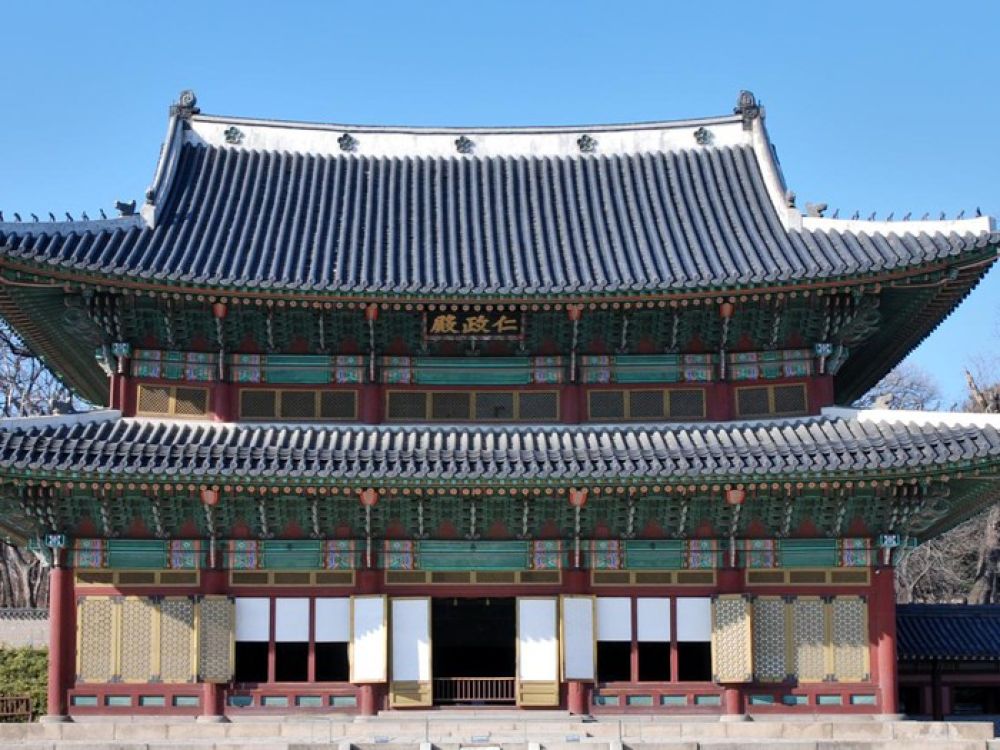

Initially famous for its antique stores and art galleries, Insadong has been a significant location for culture and art in Seoul since the Joseon dynasty. It became especially known for its cultural and tourism importance in the 20th century. Traditionally, the area was home to painters, calligraphers, and craftsmen who thrived in this culturally rich atmosphere.
As South Korea underwent modernization, Insadong started attracting tourists who sought to experience Korean tradition and arts. By the 1980s and 1990s, it had transformed into a must-visit destination for those interested in Korean traditional culture, art, and crafts. The street of Insadong, Insadong-gil, is lined with shops selling antiques and artwork, traditional tea houses, and restaurants serving authentic Korean cuisine.
Insadong's cultural significance is deeply woven into its contemporary identity. The neighborhood has a strong commitment to preserving and showcasing Korean cultural heritage. Here, one can find items such as hanbok (traditional Korean clothing), hanji (traditional Korean paper), pottery, and folk crafts. Even the modern art galleries and cultural events have a strong inclination towards featuring traditional Korean themes.
In recent years, there has been a shift towards experiential tourism in Insadong. Tourists are keen on engaging with the culture rather than just observing it. This has led to the rise of hands-on experiences such as craft-making workshops, calligraphy classes, and cooking demonstrations allowing visitors to immerse themselves in Korean traditions.
Visitors also show an increasing interest in sustainable and responsible tourism. This has influenced local businesses to adopt practices that preserve the environment and cultural integrity. Moreover, with technology becoming an integral part of travel, many shops and galleries in Insadong are creating interactive experiences with the help of Augmented Reality (AR) and Virtual Reality (VR) to attract younger audiences.
Despite its popularity, Insadong faces challenges in preserving its traditional charm amidst modern development pressures. To address this, conservation efforts are being made to maintain the historical architecture and cultural essence of the area. Moreover, the local government and community are working together to balance the growth of tourism with cultural preservation.
Insadong is not just about shopping and dining; it's an experiential journey into Korea's rich cultural tapestry. The narrow alleys, traditional tea houses, artists in action, and the aura of history make it a unique destination. For anyone visiting Seoul, Insadong provides a meaningful connection to Korean culture and history, making it an enduring and beloved tourist spot.